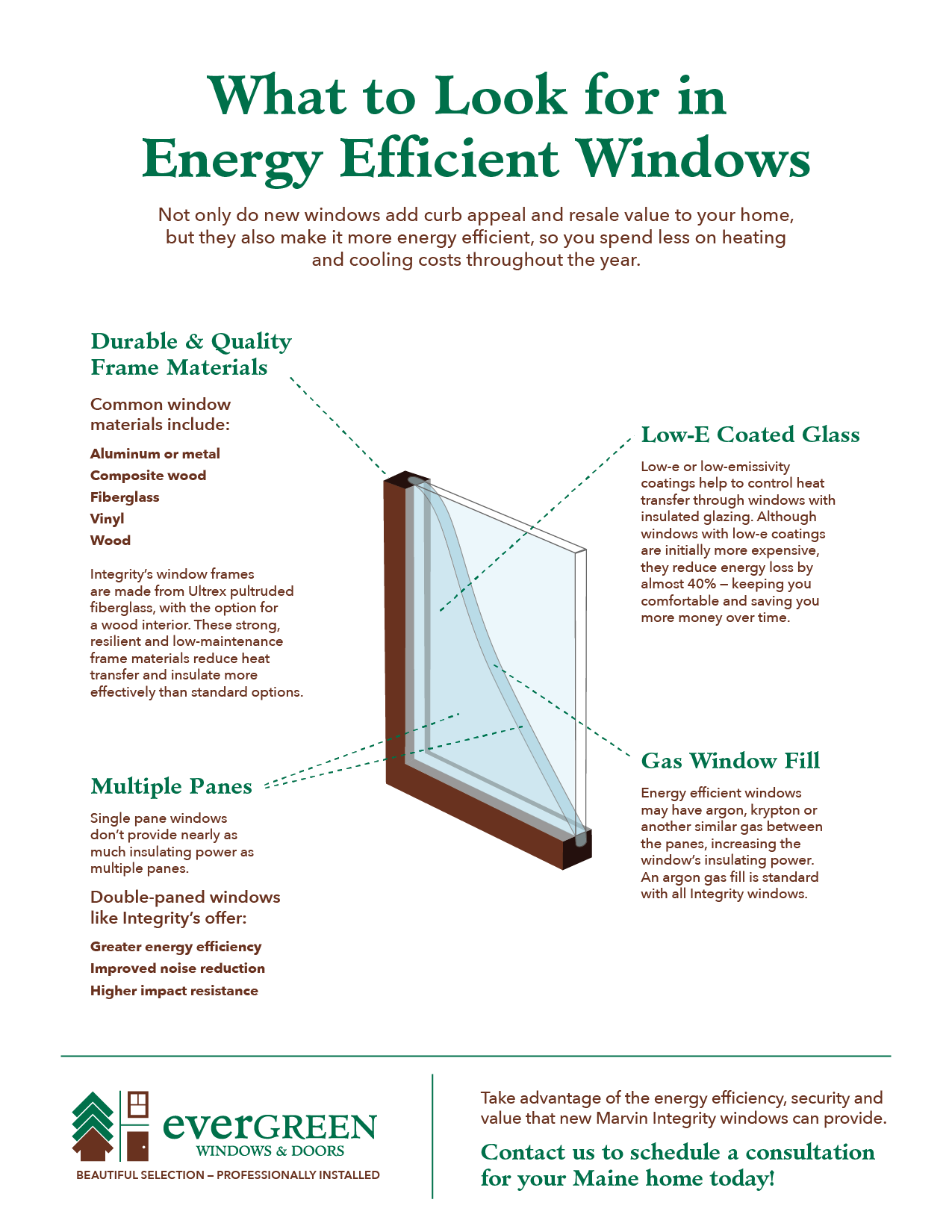Argon gas in windows what is argon gas.
Argon gas filled windows problems.
Argon is a colourless and odourless gas so it cannot be detected by a human which means the argon could leak from your windows over time and you would not realise it.
Double pane windows can be filled with argon gas to help insulate a room and minimize the transfer of heat through the window.
An inability to detect the gas could lead to a situation where the gas leaks without any realization.
It is also likely that water vapor will gradually enter the ig unit resulting in fogging if enough moisture gets in.
A prominent concern with argon filled windows is an issue with leakage.
These qualities make it difficult for people to detect.
However the rate at which the dissipation occurs is unknown.
Even the smallest gap in the seal will release the argon gas.
Argon gas is also relatively abundant in the atmosphere making the windows an inexpensive option when compared to other energy efficient windows.
How does argon gas work to make windows more efficient for your home.
When windows are filled with a special low conductivity gas such as argon or krypton it is clear that those gases will be lost over time if capillary tubes are left open.
Drawbacks of argon gas in windows.
Sometimes a basic clean will take care of the problem.
Another trademark problem of double pane windows that have become exposed to drafts and likely lost all the argon gas is when condensation builds up on the inner surface.
These windows can have problems with argon gas leakage.
Argon gas filled windows can leak.
Argon gas has no color and no odor.
In general thermal windows present some drawbacks and important considerations.
Other types of gas fill is that argon is not the most energy efficient gas available.
It s a colorless odorless gas and not harmful in any way if leaking should occur.
Argon leakage can be the result of a faulty window seal.
Argon is inert and will not cause this problem.
When effective double pane windows should not produce much or any condensation.

